Vereinbaren Sie einen Besuch
Egal ob Sie eine allgemeine Beratung oder spezifische Unterstützung benötigen, wir helfen Ihnen gerne weiter.
Egal ob Sie eine allgemeine Beratung oder spezifische Unterstützung benötigen, wir helfen Ihnen gerne weiter.
Alle News
Aktie
Fünfachsige Laserfertigungssysteme Die ultraschnelle Photonik vereint Präzisionsbewegungstechnik und ermöglicht Herstellern die Entwicklung von Funktionen, die mit konventioneller Bearbeitung nicht erreichbar sind. Durch die Synchronisierung von drei Linearachsen mit zwei Rotationsachsen positionieren diese Plattformen den Laserfokus auf ±0,005 mm genau und halten Strahlqualitätsfaktoren (M²) über den gesamten Arbeitsbereich unter 1,3. Praxisdaten aus der 30.000 m² großen Smart Factory von OPMT zeigen Durchsatzsteigerungen von über 200% im Vergleich zur Funkenerosion bei gleichzeitiger Halbierung der Stückkosten. Der folgende Überblick auf Unternehmensebene erklärt, wie diese Ergebnisse erzielt werden, welche technischen Standards das Systemdesign bestimmen und wo die Technologie einen messbaren Geschäftswert bietet.
Im Gegensatz zu Stationen mit festem Strahl kombiniert eine Fünf-Achsen-Architektur Galvanometer-Scanner für die Strahlsteuerung im Mikromaßstab mit servogetriebenen Linear- und Drehtischen für die Makropositionierung. Kontinuierliches Feedback von Linearencodern (Auflösung 0,0001 mm) und absoluten Drehskalen (Auflösung 0,36 Bogensekunden) speist den Echtzeitkernel, der alle 0,4 ms die inverse Kinematik berechnet, um den rotierenden Werkzeugmittelpunkt (RTCP) auf dem programmierten Pfad zu halten. Adaptive Optik kompensiert die thermische Linsenbildung, sodass die Brennfleckabmessungen auch bei 24-Stunden-Betrieb in kontrollierten Umgebungen mit ±1 °C konstant bleiben.
Der Bewegungskern von OPMT führt eine ruckbegrenzte, vorausschauende Interpolation aus, die Achsumkehrungen glättet und Eckgrate nahezu eliminiert. Während einer simultanen Demonstration mit 13 Achsen – XYZ, ABC, dualen Linearlasern und zusätzlichen Handlingachsen – hielt der Controller eine Bahngenauigkeit im Subnanometerbereich über 120.000 Konturpunkte aufrecht. Eine unabhängige Überprüfung mit einem Laserinterferometer bestätigte einen kumulativen Bahnfehler von unter 3 µm auf einer 150 mm langen Inconel-Testspirale.
Die Wechselwirkung zwischen Material und Licht verändert sich mit der Pulsbreite dramatisch. Femtosekundenpulse (10⁻¹⁵ s) verdampfen Materie, bevor Wärme diffundiert, und erzeugen so Wärmeeinflusszonen (WEZ) unter 50 µm – ideal für kardiovaskuläre Stents und Mikrofluidik. Pikosekundenpulse (10⁻¹² s) gleichen Kantenqualität und höhere Abtragsraten aus, was beim SiC-Wafer-Dicing bevorzugt wird. Nanosekundenpulse (10⁻⁹ s) maximieren das Abtragsvolumen für industrielle Markierungen und das Schneiden dicker Schichten. Die Light 5X-Plattform von OPMT ermöglicht den Hot-Swap von Seed-Modulen und bietet Ingenieuren so flexible Pulsbreiten ohne Neuausrichtung des Strahlengangs.
Bei den üblichen rostfreien Stählen für medizinische Anwendungen ist die Licht 5X 40V Die durchschnittliche Leistung des M²-Moduls beträgt 1,25 bis 300 W, geprüft nach ISO 11146. Die aktive Leistungsregelung hält die Ausgangsleistung innerhalb von ±2%, eine Voraussetzung für die Einhaltung von FDA 21 CFR 1040 bei der Herstellung implantierbarer Geräte. Ein integrierter Leistungsmesser löst Alarmzustände aus, sobald die Abweichung 3% überschreitet. Dies schützt die Teilequalität und reduziert Ausschuss.
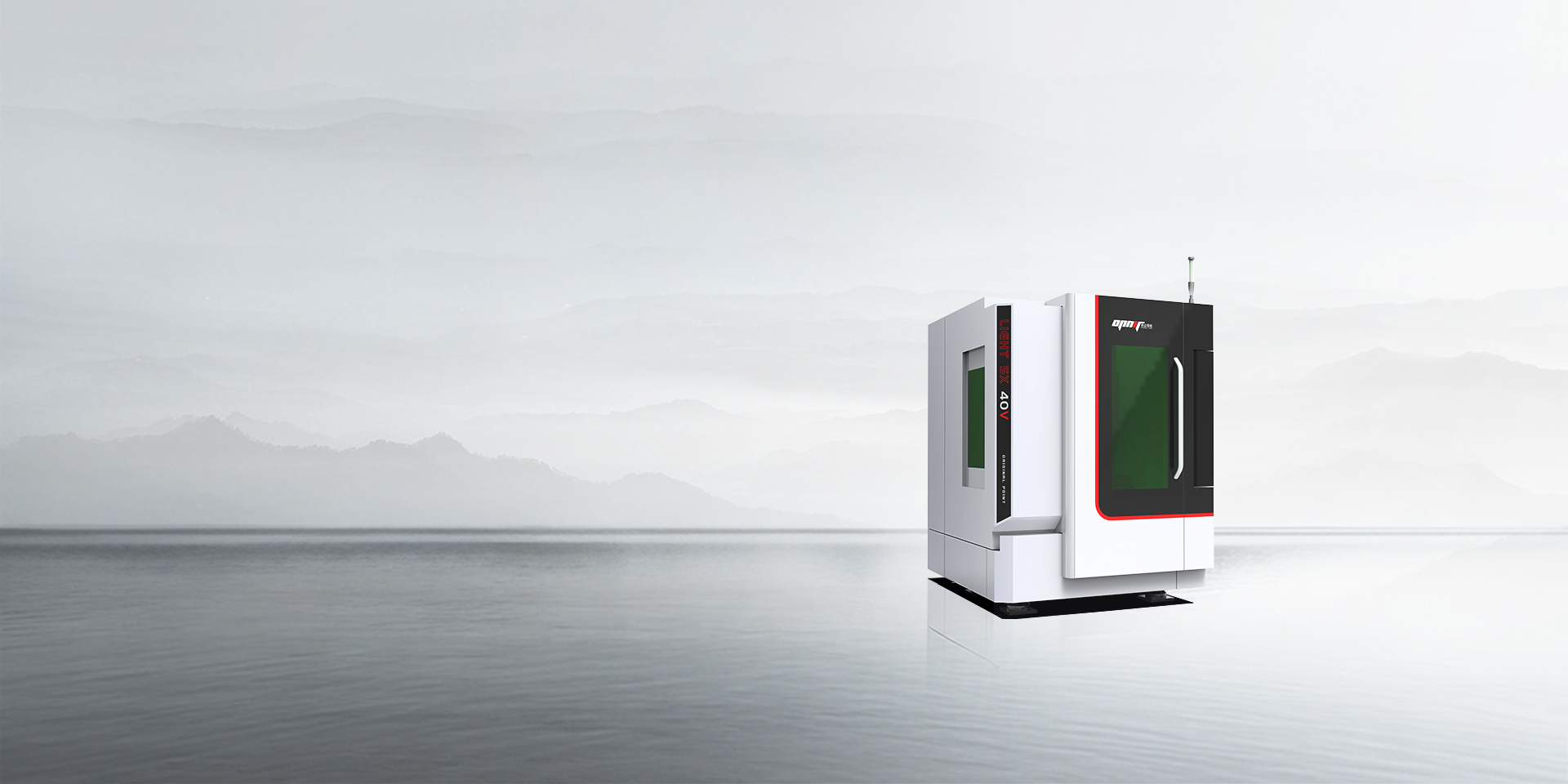
| Leistungsmetrik | Licht 5X 40V | Licht 5X 60V | Messmethode |
|---|---|---|---|
| Lineare Positioniergenauigkeit | ±0,005 mm | ±0,005 mm | ISO 230-2 Laserinterferometrie |
| Lineare Wiederholbarkeit | ±0,003 mm | ±0,003 mm | Bidirektionale Zyklen |
| Rotationswiederholgenauigkeit | ±5 Bogensekunden | ±5 Bogensekunden | Dual-Ballbar-Test |
| Maximaler XYZ-Vorschub | 30 m/min | 30 m/min | Encoder-Trace |
| Maximale C-Achsen-Geschwindigkeit | 300 U/min | 300 U/min | Encoder-Trace |
| Strahlqualität (M²) | < 1,3 | < 1,3 | ISO 11146-Profilierung |
| Thermische Drift | < 0,0005 mm °C⁻¹ | < 0,0005 mm °C⁻¹ | Kontinuierliche Sonde |
Diese Zahlen werden im Rahmen des ISO 9001:2015-Qualitätssystems von OPMT vierteljährlich geprüft, um die Rückverfolgbarkeit für regulierte Sektoren sicherzustellen.
Bei einem führenden Medizintechnik-OEM schnitt eine Light 5X 40V mit einem 400-fs-Laser 316L-Nitinolrohre in Stents mit 1,2 mm Durchmesser und 50 µm Stegdicke. Die Zykluszeit sank von 36 s (Pikosekunden-Traditionslinie) auf 18 s, ohne dass eine chemische Nachpolitur erforderlich war. Die Dimensions-Cpk-Werte überstiegen 2,0 bei 30.000 Teilen. Die Zulassungsunterlagen nutzten die integrierten chargenbezogenen Leistungs- und Positionsprotokolle der Maschine und erfüllten die Anforderungen des FDA-Design-History-Files (DHF) ohne zusätzliche Instrumente.
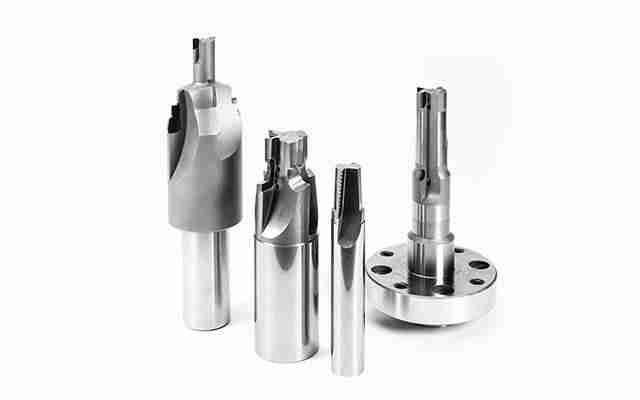
Für ein Pkw-Getriebeprogramm ersetzte ein Automobilzulieferer die Funkenerosion durch ein Light 5X 60V Femtosekundensystem. Lasergefertigte Spanbrecher wiesen eine Profiltoleranz von 0,003 mm und eine Kantenrauigkeit von Ra 0,08 µm auf. Die Standzeit beim Fräsen von Aluminiumlegierungen erhöhte sich um das 2,4-Fache, was die jährlichen Kosten für Wendeplatten um 39% senkte.
Eine Halbleitergießerei integrierte zwei Light 5X 40V-Leitungen für 150-mm-SiC-Wafer. Der adaptive Burst-Modus (17 × 20 ps) verbesserte die Schnittkantenabsplitterung unter 2 µm und erfüllte damit die Zuverlässigkeitsanforderungen der Automobilindustrie gemäß AEC-Q101. Der Durchsatz erreichte 38 Wafer pro Stunde (im Vergleich zu 22 Wafern pro Stunde auf einer einachsigen UV-Lasersäge), während die Energie pro Wafer um 281 TP3T sank.
Koaxiale Bildverarbeitung erfasst die Schmelzbadhelligkeit bei 20 kHz, und ein Faltungsneuronales Netzwerk erkennt Anomalien – Schlackenperlen, Plasmaschwankungen oder Fokusverschiebungen – innerhalb von 5 ms. Der Controller moduliert dann die Pulsenergie oder löst eine Vorschubunterbrechung aus, um kumulative Defekte zu verhindern. Historische Analysen zeigen, dass 95% zuvor als Ausschussware genutzter Teile durch diese Closed-Loop-Korrektur gerettet werden konnten.
Temperatursensoren an Kugelumlaufspindeln, Antriebsmotoren und Granitsockeln speisen ein Finite-Elemente-Modell, das Wachstumsvektoren vorhersagt. Kompensationswerte werden an die Achsenantriebe weitergeleitet und gleichen die Drift über Acht-Stunden-Schichten auf 0,3 µm aus. Alle 500 Stunden erstellte Kreisformdiagramme bestätigen, dass die Kreisform innerhalb von ±3 µm bleibt. Dadurch entfällt die vierteljährliche mechanische Feinabstimmung, die früher in herkömmlichen CNC-Werkstätten Routine war.
Die Implementierung erfolgt nach einer strukturierten fünfstufigen Methodik:
Eine vollständige Greenfield-Installation erreicht die konstante Leistung in 8–10 Wochen, während Brownfield-Nachrüstungen durch Wiederverwendung von Heizungs-, Lüftungs- und Klimatechnik sowie Versorgungseinrichtungen durchschnittlich sechs Wochen dauern.
Ein Light 5X 40V-Paket – inklusive Femtosekundenquelle, automatisiertem Palettenwechsler und Vision-Qualitätskontrolle – kostet 980.000 USD. Die jährlichen Betriebskosten (Service, Optik, Gas, Abschreibung) betragen durchschnittlich 142.000 USD bei 4.400 Betriebsstunden. Im PCD-Werkzeugbereich war der Cashflow nach 14 Monaten positiv; in der Stentfertigung wurde der Break-Even-Punkt aufgrund des geringeren Produktionsvolumens, aber des höheren Teilewerts, nach 19 Monaten erreicht. Diese Prognosen berücksichtigen keine Soft Benefits wie reduzierten Stellplatz und Nachhaltigkeitsvorteile durch die chemiefreie Verarbeitung.
Alle Light 5X-Plattformen werden als geschlossene Systeme der Klasse 1 gemäß IEC 60825-1 mit redundanten Verriegelungen und Türstatuslogik ausgeliefert. Sicherheitsrelevante Steuerungsfunktionen entsprechen PL e / SIL 3. Für US-amerikanische Hersteller medizinischer Geräte vereinfachen eingebettete Laserprotokolle die Einhaltung der 21 CFR 820 und 11 bei Qualitätssystemprüfungen.
Die neueste Firmware von OPMT ermöglicht die Integration von OPC-UA-Knoten in MES- und Digital-Twin-Anwendungen. Edge-Computing-Module verarbeiten Sensordaten vor und minimieren so die Cloud-Latenz für KI-Feedbackschleifen. Zukünftige Versionen werden Blockchain-Zertifikatstempel einführen, um die manipulationssichere Herkunft von Verteidigungs- und implantierbaren Produkten zu gewährleisten.
Fünfachsige Laserfertigungssysteme verwandeln die Fertigung komplexer Geometrien in einen deterministischen, automatisierten Prozess. Durch die Kombination von ultraschneller Photonik, hochpräziser Kinematik und Echtzeit-KI-Steuerung liefern sie mikrometergenaue Präzision bei industriellem Durchsatz und erfüllen so die hohen Anforderungen der Medizin-, Luft- und Raumfahrt-, Automobil- und Halbleiterbranche. Unternehmen, die diese Plattformen einsetzen, beschleunigen nicht nur ihre Produkteinführungszyklen, sondern stärken auch ihre Qualitätssicherung und positionieren sich so an der Spitze der intelligenten, nachhaltigen Fertigung.
Haftungsausschluss
Dieser Inhalt wurde von OPMT Laser auf Grundlage öffentlich verfügbarer Informationen zusammengestellt und dient ausschließlich zu Referenzzwecken. Die Erwähnung von Marken und Produkten Dritter dient dem objektiven Vergleich und stellt keine kommerzielle Verbindung oder Billigung dar.
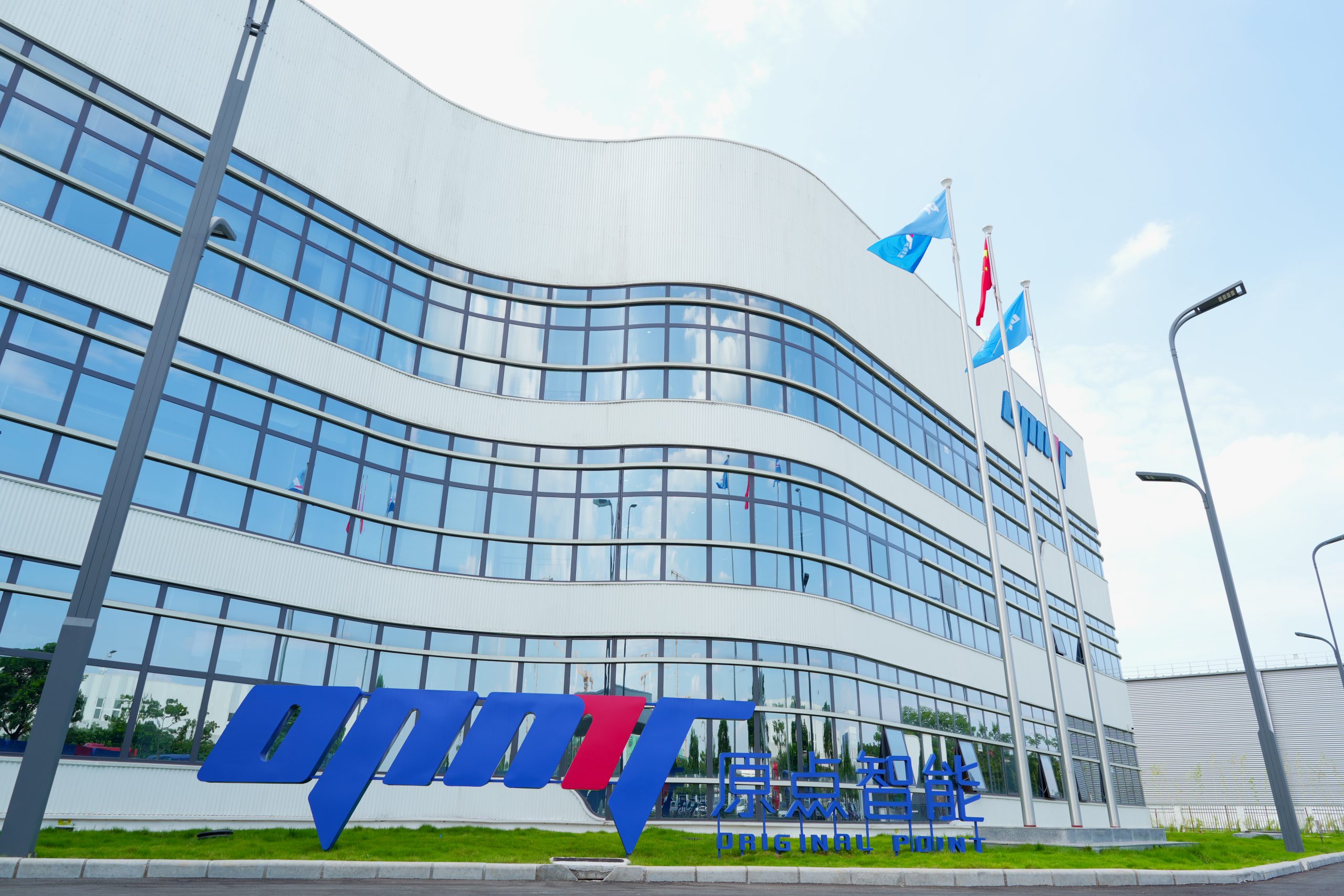
Entdecken Sie OPMTs bewährten 5-Phasen-ODM-Prozess für kundenspezifische Lasersysteme. ISO-zertifizierte Fertigung, Präzision ±0,003 mm, IP-Schutz. Senden Sie uns noch heute Ihre Projektanforderungen.

CO₂-Laser können Glas aufgrund von thermischer Spannung nicht sauber schneiden. Erfahren Sie, warum Glas reißt, und entdecken Sie UV- und Femtosekundenlaser-Lösungen für präzises Schneiden.
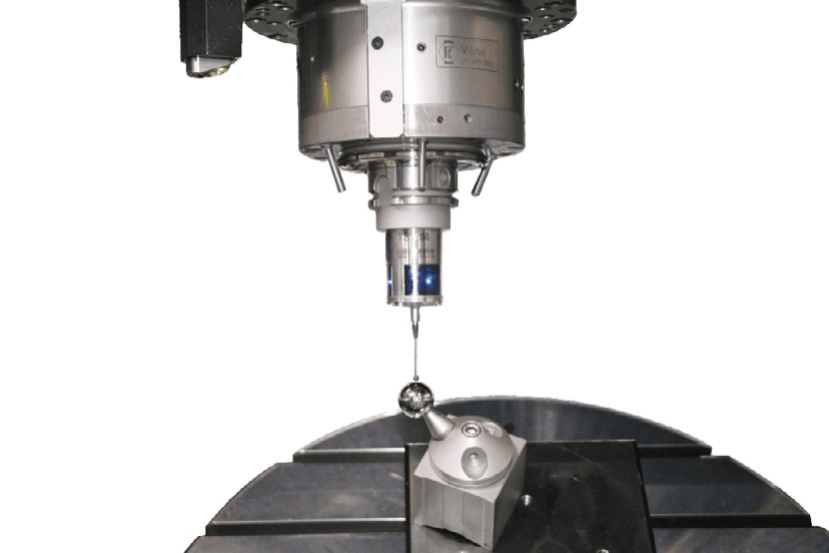
Vergleichen Sie Femtosekunden- und Nanosekundenlaser-Mikrobearbeitung für die 5-Achs-Fertigung. Erfahren Sie, wie ISO 9001- und FDA-konforme OPMT-Systeme Wärmeeinflusszonen, Toleranzen und Oberflächenintegrität in Anwendungen der Medizintechnik, Halbleiterindustrie und Diamantverarbeitung kontrollieren.
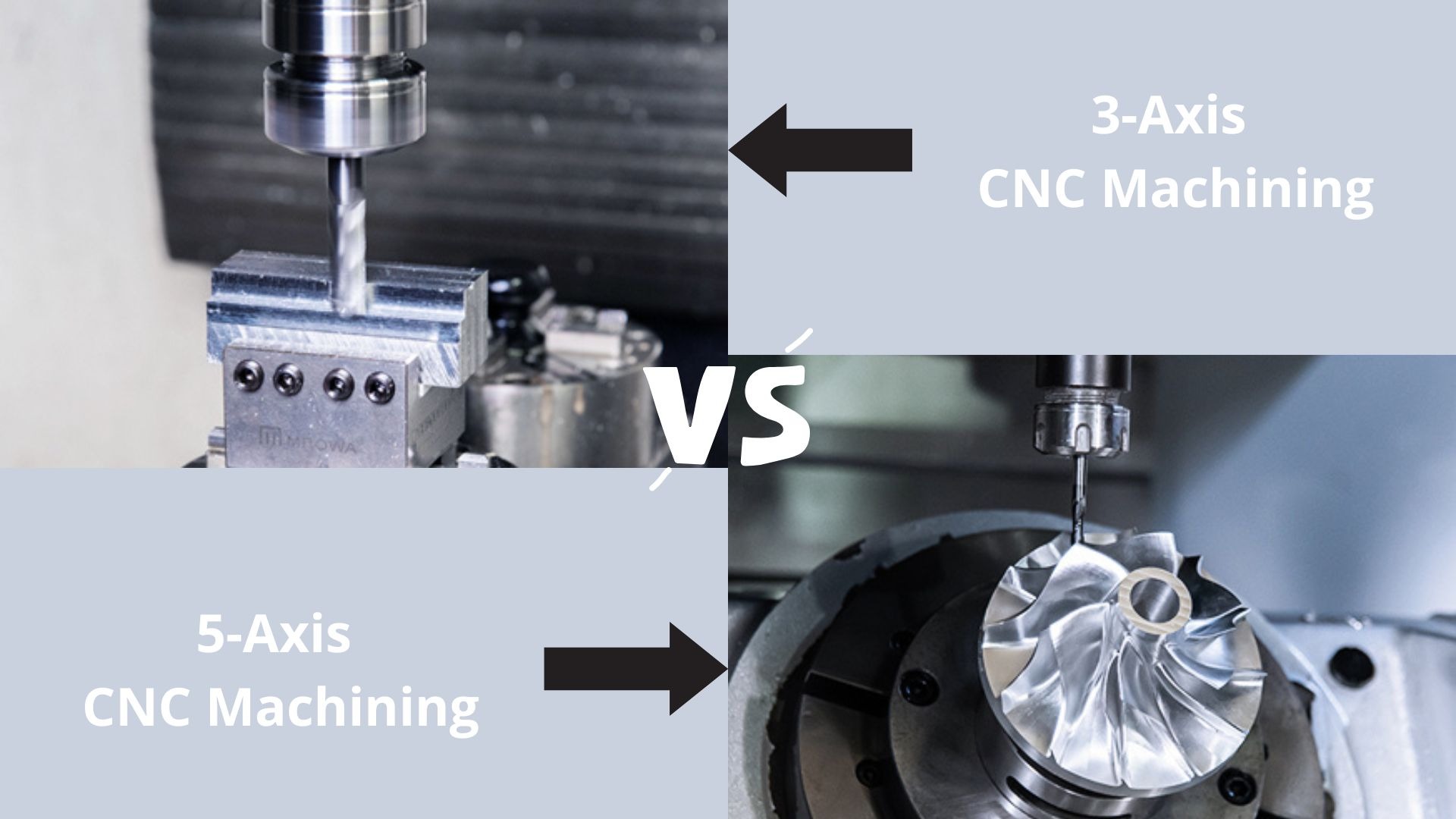
Entdecken Sie die Welt der CNC-Bearbeitung, indem wir 3-Achsen- und 5-Achsen-Technologien vergleichen. Von einfachen Vorgängen bis hin zu komplexen Geometrien – finden Sie heraus, welche Maschine Ihren Fertigungsanforderungen im Jahr 2025 entspricht.
Bitte geben Sie Ihre Kontaktinformationen ein, um das PDF herunterzuladen.

